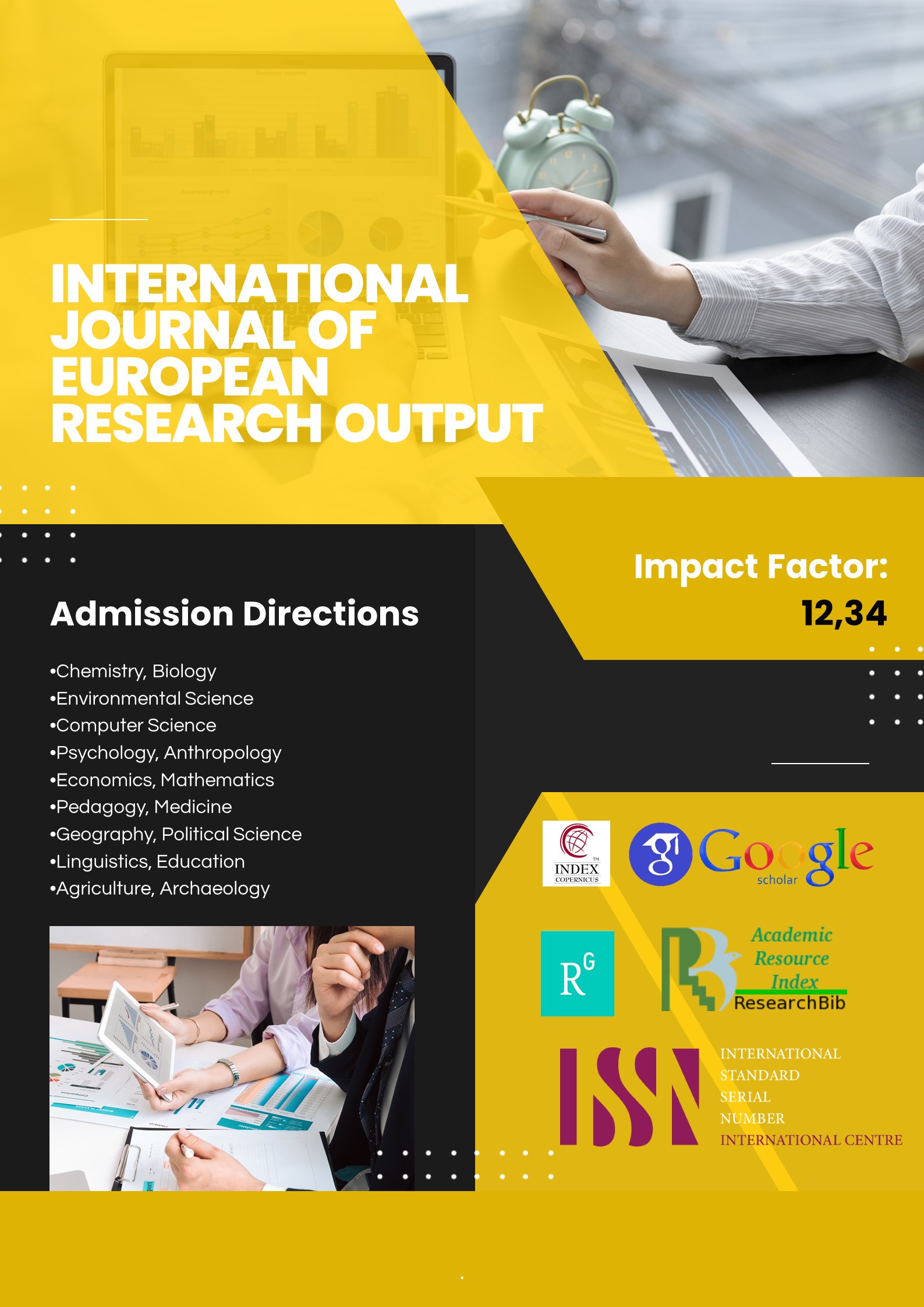PROBLEMS AND SOLUTIONS OF TEACHING ENGLISH IN NON-PHILOLOGICAL UNIVERSITIES
Main Article Content
Abstract
This article aims to analyze the main problems associated with teaching English in non-philological universities and to propose evidence-based solutions. Emphasis is placed on aligning English instruction with students' academic and career goals, adopting innovative teaching methods, and utilizing technology to enhance learning outcomes. By doing so, universities can better prepare graduates to function effectively in a global professional environment.
Article Details
References
Dudley-Evans, T., & St. John, M. J. (1998). Development in English for specific purposes: A multidisciplinary approach. Cambridge University Press.
Flowerdew, L. (2013). Discourse in English language education. Routledge.
Belcher, D. D. (2006). English for specific purposes: Teaching to meet student and professional needs. TESOL Quarterly, 40(1), 133-156. https://doi.org/10.2307/40264512
Warschauer, M. (2000). Telecollaboration in foreign language learning. The Internet TESL Journal, 6(6). Retrieved from https://iteslj.org/Articles/Warschauer-Telecollaboration/
Basturkmen, H. (2010). Developing courses in English for specific purposes. Palgrave Macmillan.
Godwin-Jones, R. (2018). Emerging technologies and language learning: From the internet to virtual worlds. Language Learning & Technology, 22(2), 6-14. Retrieved from https://journal.olt.org/
Richards, J. C. (2008). Teaching Listening and Speaking: From Theory to Practice. Cambridge University Press.
